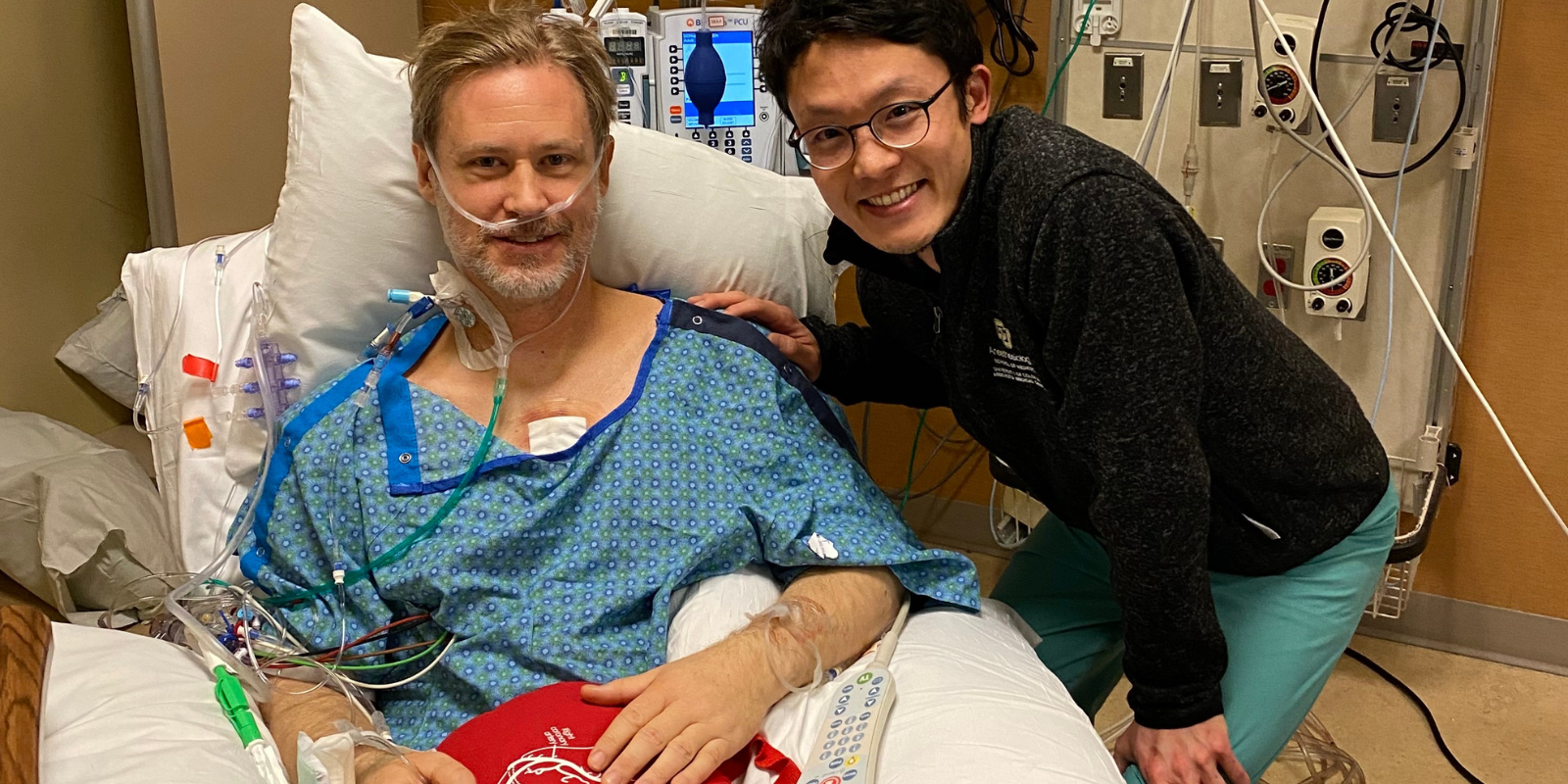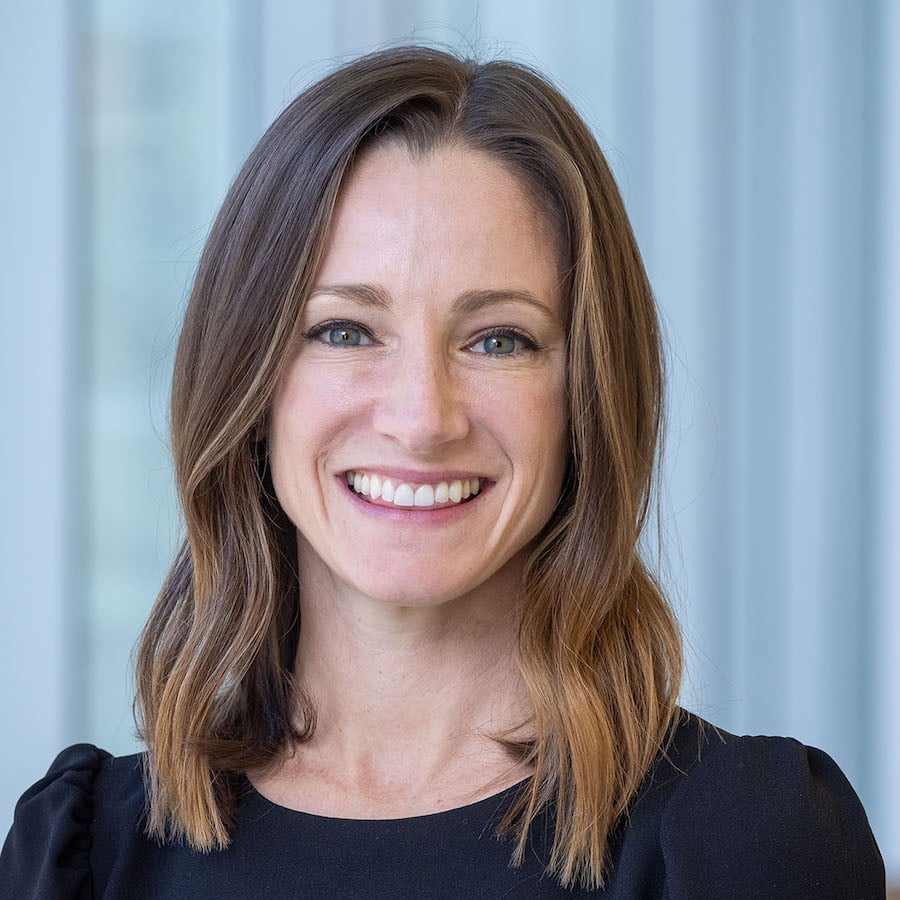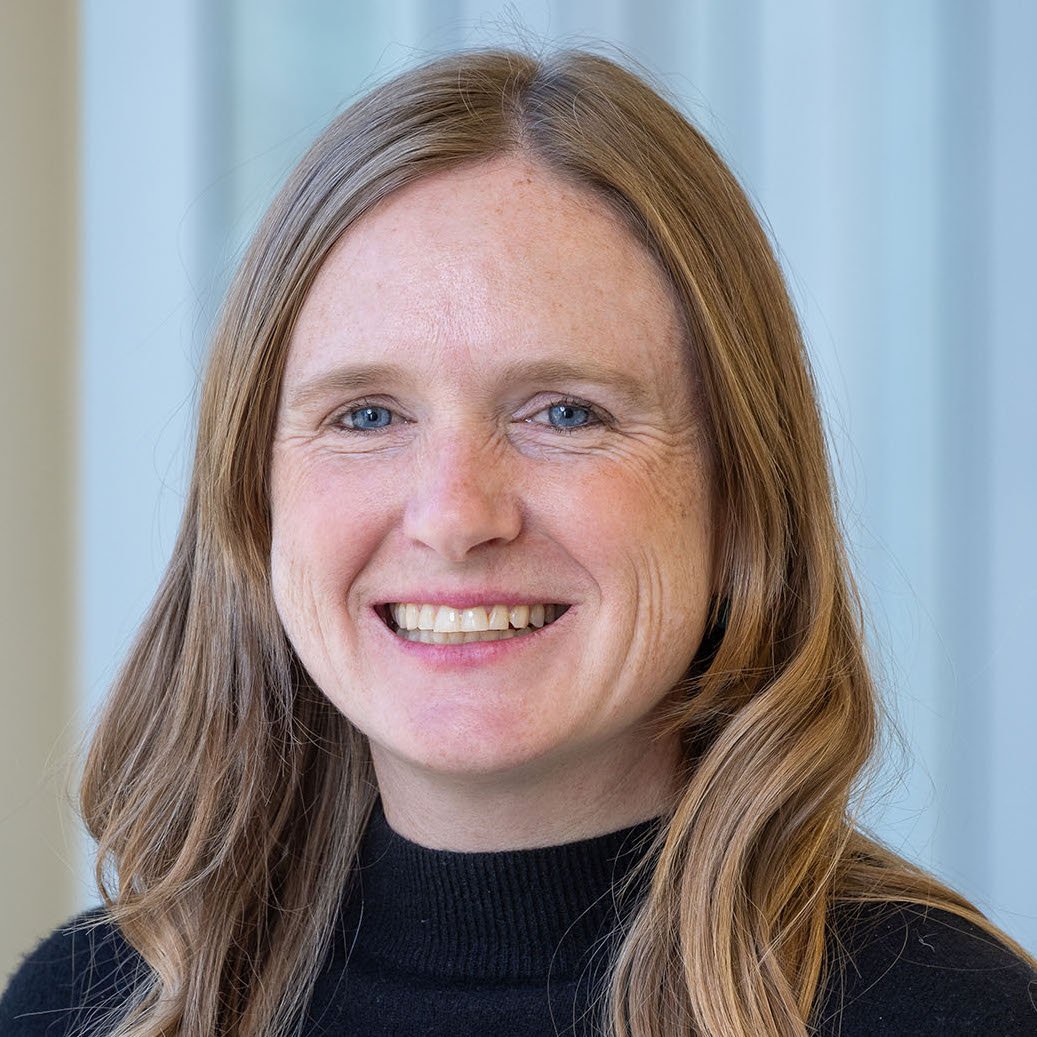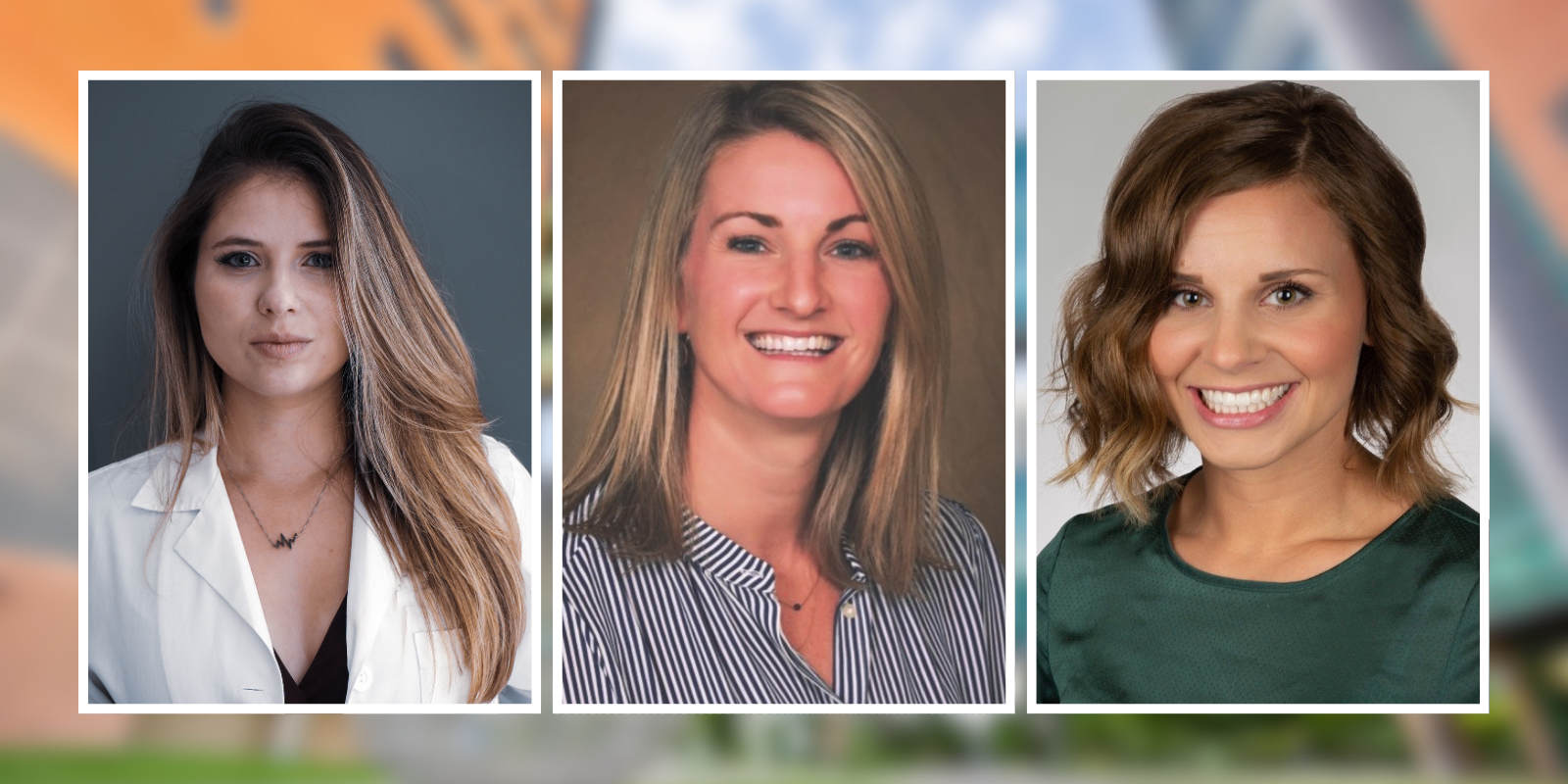Advance practice providers (APPs) and other health care professionals in the cardiothoracic intensive care unit within the University of Colorado Department of Surgery have adopted a new approach to sedation for their patients after surgery.
Known as SOAR (Sedation Off, Awake, Rehabilitate), the initiative is aimed at weaning patients off deep sedation sooner to mitigate adverse outcomes related to prolonged sedation periods.
“Traditionally with ICU patients, the cultural norm is for patients to be heavily sedated when they're on a mechanical ventilator,” says Alexis Keyworth, PA-C, MS, assistant professor of cardiothoracic surgery in the CU School of Medicine. “But there's been a lot of data, especially in the past 10 years, that suggests that sedation increases patients’ rates of post-traumatic stress disorder (PTSD) and long-term functional and cognitive issues once they leave the ICU.”
The roots of SOAR
After a Grand Rounds presentation by visiting APP Kali Dayton, DNP, AGACNP, a critical care nurse practitioner who is dedicated to improving patient outcomes by reducing sedation in the ICU, the CU cardiothoracic ICU team began looking into ways to limit sedation for their patients post-surgery and get them awake and engaged with their care teams. The SOAR initiative was born.
“One of the goals of SOAR is to weigh the risks and benefits of sedation,” says Caitlin Blaine, PA-C, assistant professor of cardiothoracic surgery. “There are absolutely patients where giving them sedation is the right therapy — patients who have severe hypoxic respiratory failure, or patients who have seizures or high intracranial pressure — but there are other patients where the risks of sedation include PTSD and significant functional and cognitive decline. In those patients we promote wakefulness, allowing the patient to be awake and interactive in their care and have a say in whether they want to be sedated or not.”
The SOAR approach also requires a new level of communication from the ICU team, specifically the bedside RNs, who now talk patients through the post-surgery period and explain the benefits of being removed from sedation earlier.
“In the future, we want to make this even more patient centered,” Blaine says. “We believe patients should be educated on the risks of sedation. Patients with severe anxiety who are deathly afraid of waking up with a breathing tube in, they might actually benefit from a little bit of sedation. But we think asking them, ‘Are you OK with waking up in the ICU? We would bring your sedation off, we would have you be more awake and interactive with your care,’ that there's a significant amount of patients out there who would say, ‘Yes, I want to know exactly what's going on.’"
Team sport
The APPs say the success of the SOAR program since it started in 2021 is attributable in large part to the fact that it’s a team effort.
“We have pulled in our respiratory therapists, our nurses, our intensivists, our advanced practice providers, and we worked with our nursing colleagues to come up with a script for how we wake patients up,” Blaine says. “A lot of it is reorienting the patient, because when you first wake up, you're confused, and you don't know where you are. We tell them, ‘You just had surgery, you're in the ICU, you're safe, your nurse and your family are right here.’ We reassure them that they are safe, that we're going to treat their pain if they are in pain. Our nurses have to say that multiple times as they wake up from sedation, until the point where they feel safe enough to sit them more upright in bed and have them be fully aware and awake.”
Looking at outcomes
Keyworth and Blaine are working with Mikita Fuchita, MD, the assistant professor of anesthesiology who created the SOAR program, to study its outcomes for patients, which so far appear to include getting their breathing tubes out faster and being more likely to return home, instead of going to a long-term rehabilitation facility.
“Dr. Fuchita has collected a fair amount of qualitative data, where he has spoken to patients afterward, and from what we are hearing, most people report that it's a good experience,” Blaine says. “There are absolutely patients who still want to be sedated, but we have had multiple patients who have had positive things to say and are really proud of their ability to ambulate and walk around so quickly.”
“It's huge for patients to be able to participate and make decisions for themselves when they’re in this vulnerable state,” Keyworth adds. “One of the many things this protocol can provide for patients is an ability to speak for themselves.”
Featured image: Cardiothoracic ICU patient Tony Hillerson, awake after surgery, with SOAR program founder Mikita Fujita, MD.




.png)

